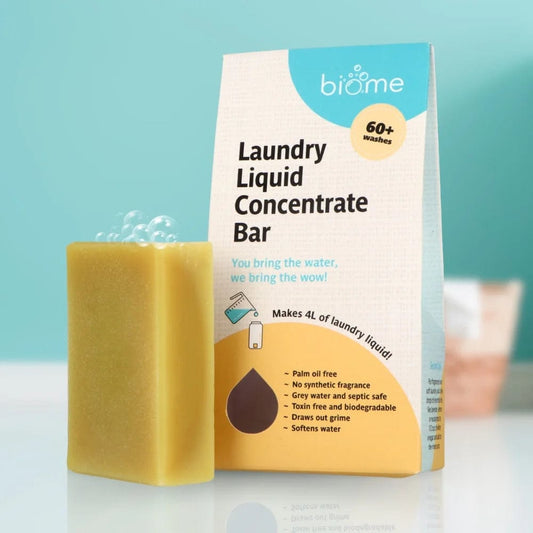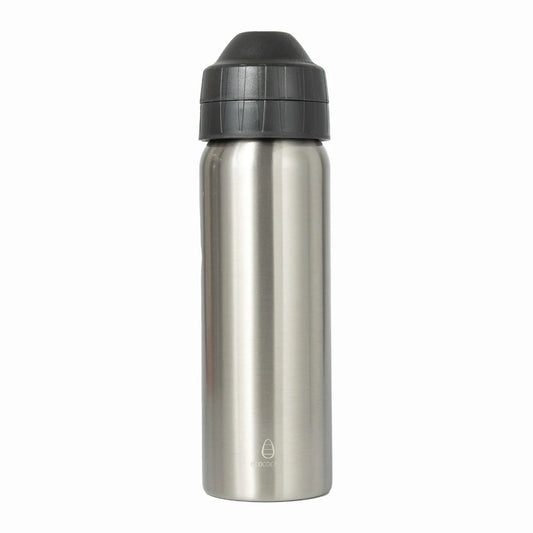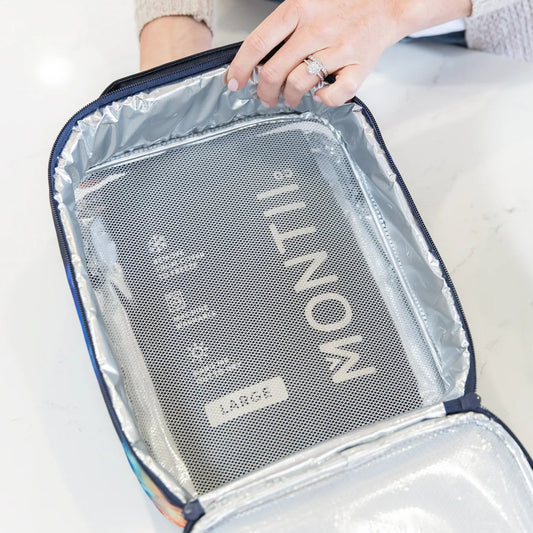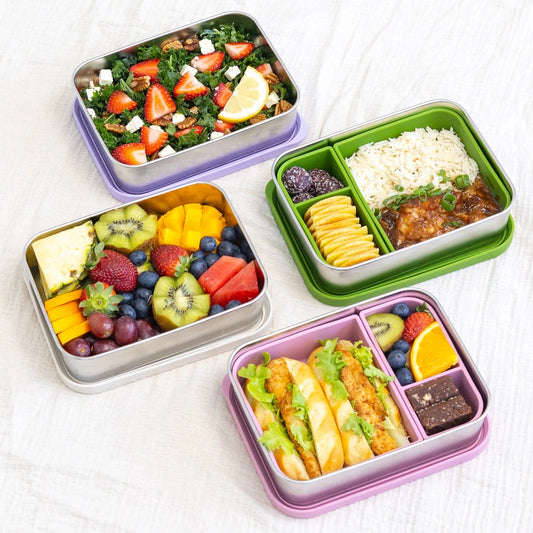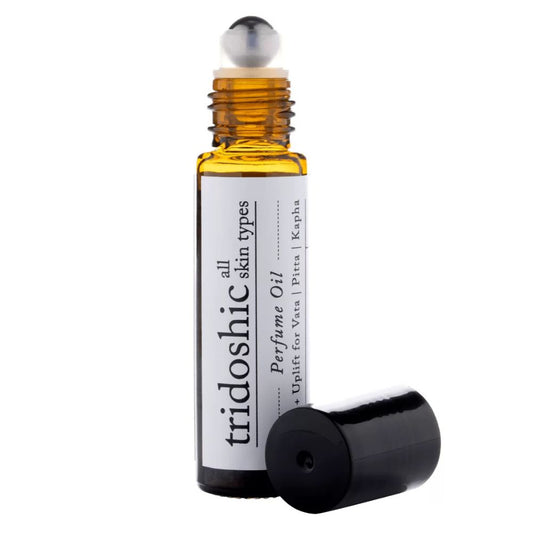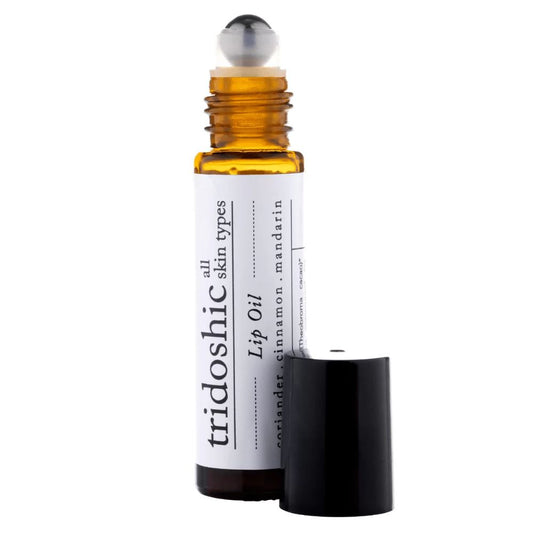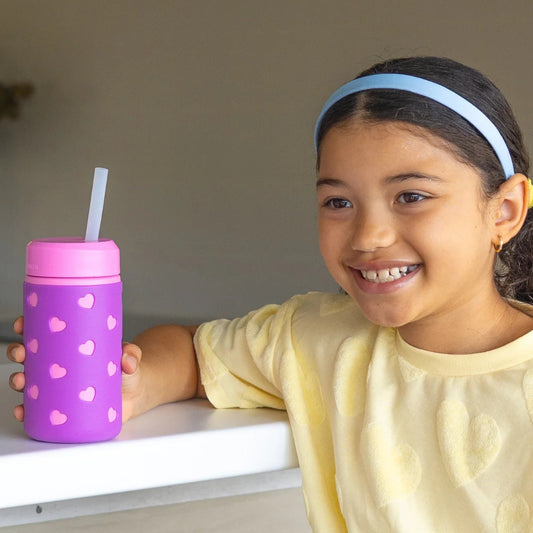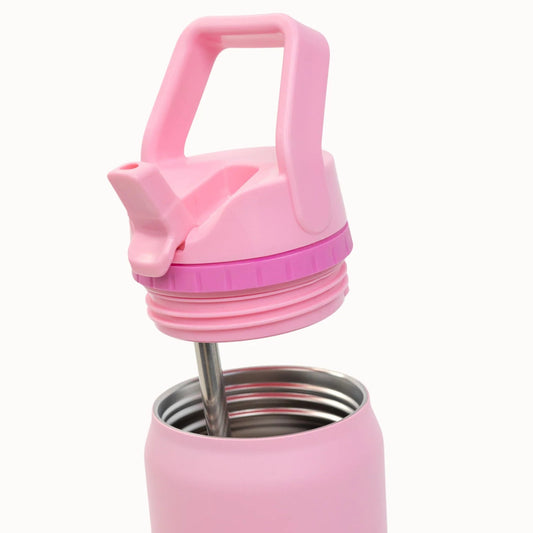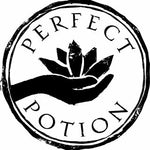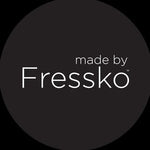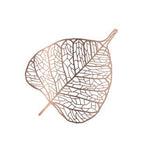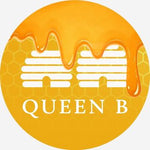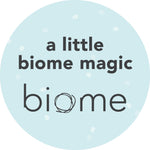The hidden plastics we don't know we're washing down the drain with our laundry water.

It’s Plastic Free July, and while you might have swapped cling wrap for beeswax and throw-away coffee cups for a reusable, there’s a few places plastics are still hiding in plain sight: including in your laundry!
Lined up on supermarket shelves, laundry detergents and softeners are eye catching and full of promises—“sensitive,” “long lasting freshness,” “an expression of love and care.” But behind these glossy claims are ingredients that tell a very different story.
Take Cuddly Concentrate Fabric Softener Conditioner Complete Care Hypoallergenic that Colgate-Palmolive claims:
"Our advanced formula wraps your fabrics in a cloud of velvety softness, creating a luxurious feel that you'll want to snuggle up to again and again.
Our rich, creamy formula is hypoallergenic, has been dermatologically tested & contains no dyes. Trust Cuddly to make your laundry moments an expression of love and care."
🔦 But here’s what’s really inside:

- Polyquaternium-7 – plastic polymer, coats fabric & builds up in waterways
- Quaternary ammonium acrylate/acrylamide copolymer – synthetic plastic softening agent, does not readily biodegrade
- Polydimethylsiloxane – silicone liquid plastic, builds up in environment & doesn't break down
- Fragrance – undisclosed blend of petroleum-derived synthetic chemicals, may disrupt hormones or cause allergies
- Isothiazolinones – potent preservatives linked to skin sensitisation and aquatic toxicity
- Isopropyl alcohol – petroleum-derived solvent, classified as a volatile organic compound (VOC)
All of this wrapped up in a bottle of gentle pastel blue with the Eczema Association logo.
Surfacing the plastics
Cuddly isn’t alone. We checked out* Surf, Omo, Cold Power, Dynamo, Radiant, Earthwise, Tide, Fluffy, Comfort, Fab, Ion, and Coles brand laundry liquids, powders, capsules, pods and sheets – all of which also contain some mix of plastic-derived polymers and/or persistent petrochemicals that don't break down and can pollute waterways and our bodies.
Let’s bring to the surface what’s really in these laundry products!
Plastic Polymers in Laundry Products
Watch out for any of these plastics that go straight down your drain, mostly passing through wastewater treatment plants and into waterways, where they can persist for years.
| Ingredient | Form | Function |
|---|---|---|
| Polyquaternium-7 | Liquid plastic | Fabric softener and anti-static agent |
| Quaternary Ammonium Acrylate/Acrylamide Copolymer | Liquid plastic | Viscosity control and fabric softening |
| Styrene/Acrylates Copolymer | Fine plastic powder (microplastic) | Colour protection / film former |
| Polyethyleneimine Ethoxylated (PEI) | Liquid plastic | Soil release / anti-redeposition |
| Phenylpropyl Ethyl Methicone | Liquid plastic | Silicone softener and fragrance carrier |
| Polyvinyl Alcohol (PVA) | Solid plastic film. Why PVA is single use plastic | Sheets and pod coating. |
| Sodium Acrylic Acid/Maleic Acid Copolymer | Plastic powder (soluble microplastic) | Anti-redeposition / water conditioning |
| Polypropylene Terephthalate / Polyoxyethylene Terephthalate | Liquid plastic | Soil release copolymer / softener |
| Polymeric Colourants | Solid plastic pigments | Synthetic polymer-based colourants |
| PEG-136 Polyvinyl Alcohol | Soluble synthetic polymer. Why PEGs are plastic. | Soil release / anti-redeposition |
| Polyethyleneimine Alkoxylated | Liquid plastic | Cleaning aid / anti-redeposition |
Persistent synthetic ingredients
These synthetic compounds are petroleum-derived, and accumulate in the environment.
| Ingredient | Form | Function |
|---|---|---|
| Alcohol ethoxylates (e.g. Laureth-7) | Liquid | Surfactants / foaming agents |
| Disodium Distyrylbiphenyl Disulfonate | Powder | Optical brightener |
| Disodium Anilinomorpholinotriaziny laminostilbenesulfonate | Powder | Optical brightener |
| Calcium Sodium EDTMP / DTPMP | Powder | Chelating / softening agent |
| Pentasodium Ethylenediamine Tetramethylene Phosphonate | Powder | Chelator for water hardness |
| Fragrance / Parfum | Liquid/oil | Scent (complex synthetic blend) |
| Silicone emulsions (e.g. Dimethicone) | Liquid | Conditioning / anti-foaming |
| MEA-Dodecylbenzenesulfonate | Liquid | Anionic surfactant |
| MEA-Hydrogenated Cocoate | Liquid | Non-ionic surfactant |
| Ethanolamine | Liquid | pH adjuster |
| MEA-Sulfate | Liquid | Surfactant (similar to SLES) |
| Potassium Sulfite | Salt | Preservative / antioxidant |
| Denatonium Benzoate | Solid | Bitterant for safety |
| Propylene Glycol | Liquid | Solvent / stabiliser (usually petroleum-derived) |
| C10-16 Pareth | Liquid | Non-ionic surfactant (ethoxylated alcohols) |
| MEA Laureth Sulfate | Liquid | Surfactant (ethoxylated sulfate) |
| MEA C10-16 Alkylbenzenesulfonate | Liquid | Anionic surfactant (LAS) |
So why does this matter?
These plastics and synthetics don’t just vanish. Many are non-biodegradable, petroleum-derived, and designed to persist. They cling to your clothes, rinse into waterways, and some can irritate sensitive skin or disrupt hormonal systems.
And if you’re trying to reduce your plastic footprint, washing your clothes in liquid plastic kind of defeats the purpose.
But, brands say they are water soluble and biodegradable
Detergent companies often claim that the synthetic polymers in their products are not plastics because they are water soluble, "biodegradable", or considered safe.
But water soluble doesn't mean they break down in nature, and biodegradable often only applies in controlled industrial conditions—not in rivers, oceans, or soil. These materials may degrade in a lab, but in the real world, they can persist and accumulate.
The European Chemicals Agency (ECHA) has flagged styrene/acrylates copolymer, polyethyleneimine alkoxylated, and polyvinyl alcohol (PVA) as synthetic polymers of concern, especially when they are non-biodegradable in natural environments.
Despite being dissolved in your wash water, these ingredients don’t just vanish—they contribute to invisible, long-lasting microplastic pollution.
Invisible doesn't mean harmless
When a plastic polymer dissolves in water, it may become invisible to the eye—but it doesn’t disappear. It simply breaks down into microscopic particles or stays as a dissolved synthetic compound. These soluble or nano-sized plastic polymers can pass through wastewater treatment plants and enter waterways, where they can persist for years, interfering with aquatic ecosystems.
Studies have shown that even dissolved polymers and nano-sized plastics can bind to heavy metals or toxins, acting as carriers that increase the spread of pollutants.
They can also be ingested by marine life and potentially move up the food chain—including into humans.
And, emerging research suggests that human exposure to these microscopic plastics may disrupt hormones, trigger inflammation, or alter gut health, making their long-term impact on both the environment and human health a growing concern. In short, just because a plastic polymer is invisible doesn’t mean it’s harmless.
* Lack of ingredient transparency
We mentioned that we checked out many brands of popular laundry products, but none actually disclosed the full ingredient names on their packaging, or on supermarket websites such as Coles and Woolworths. Even their Material Safety Data Sheets do not give the detailed ingredients. So we had to dig to find them.
- Unilever: ingredients on its website for Omo, Surf and Comfort.
- Colgate-Palmolive: brief ingredients for Fluffy, Cuddly.
- Henkel: brief ingredients for Fab, Cold Power, Dynamo
- Cussons: nothing for Radiant. Used the MSDS.
- Coles brand & Ion: no ingredients given on package, or website, or MSDS!
- Earthwise: brief ingredients.
- Proctor & Gamble USA: full ingredients for Tide Pods on its website - noticeably more transparent than Australian brands.
What can you do instead?
Choose natural laundry products that are genuinely safe for your body and the planet—not just clever marketing.
Here’s what to look for:
They list all ingredients clearly
If it’s not on the packaging, check the brand's own website.
They're truly plastic-free — not just the bottle!
- Watch out for words like polymer, copolymer, polyquaternium, PEG, PVA, polyvinyl alcohol, or styrene — these are likely plastic-derived.
- Claims like “biodegradable” — only trust it if they say biodegradable in nature, not just in a lab.
They’re biodegradable and greywater-safe
- Choose Plant-based surfactants like soap nuts, castile or coconut soap
- Avoid synthetic ingredients ending in -ethoxylated, -sulfonate, or -acrylate
They’re transparent about what’s inside
Brands that have nothing to hide, hide nothing.
If a brand is vague (e.g. “cleaning agents” or “polymer”), it probably means synthetic or plastic-derived ingredients.
Biome is proud to offer laundry options that don’t rely on plastic-derived film formers, fillers, thickeners, surfactants, or synthetic softeners.
Fabric Softener Alternatives
Natural Stain Removers
Want help making the switch? Visit us in store or online for non-toxic, effective laundry care that loves your clothes and the planet too.
Related reads
Laundry and Dishwasher Sheets are Still Plastic
7 Ways To Use Soap Berries Around The Home
How To Make Homemade Laundry Liquid or Powder
Why Oxygen Bleach is Better Than Chlorine Bleach And How To Use



